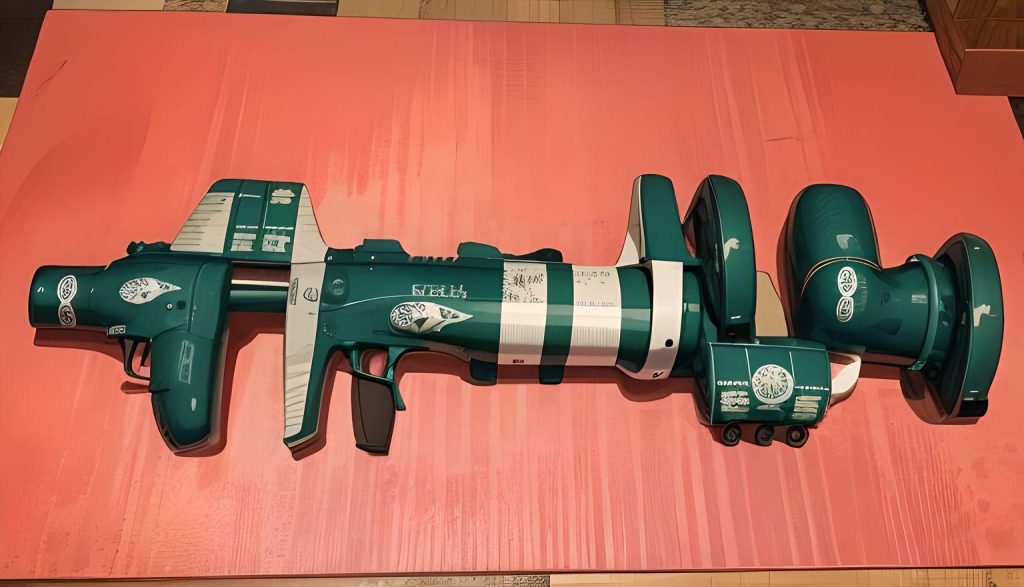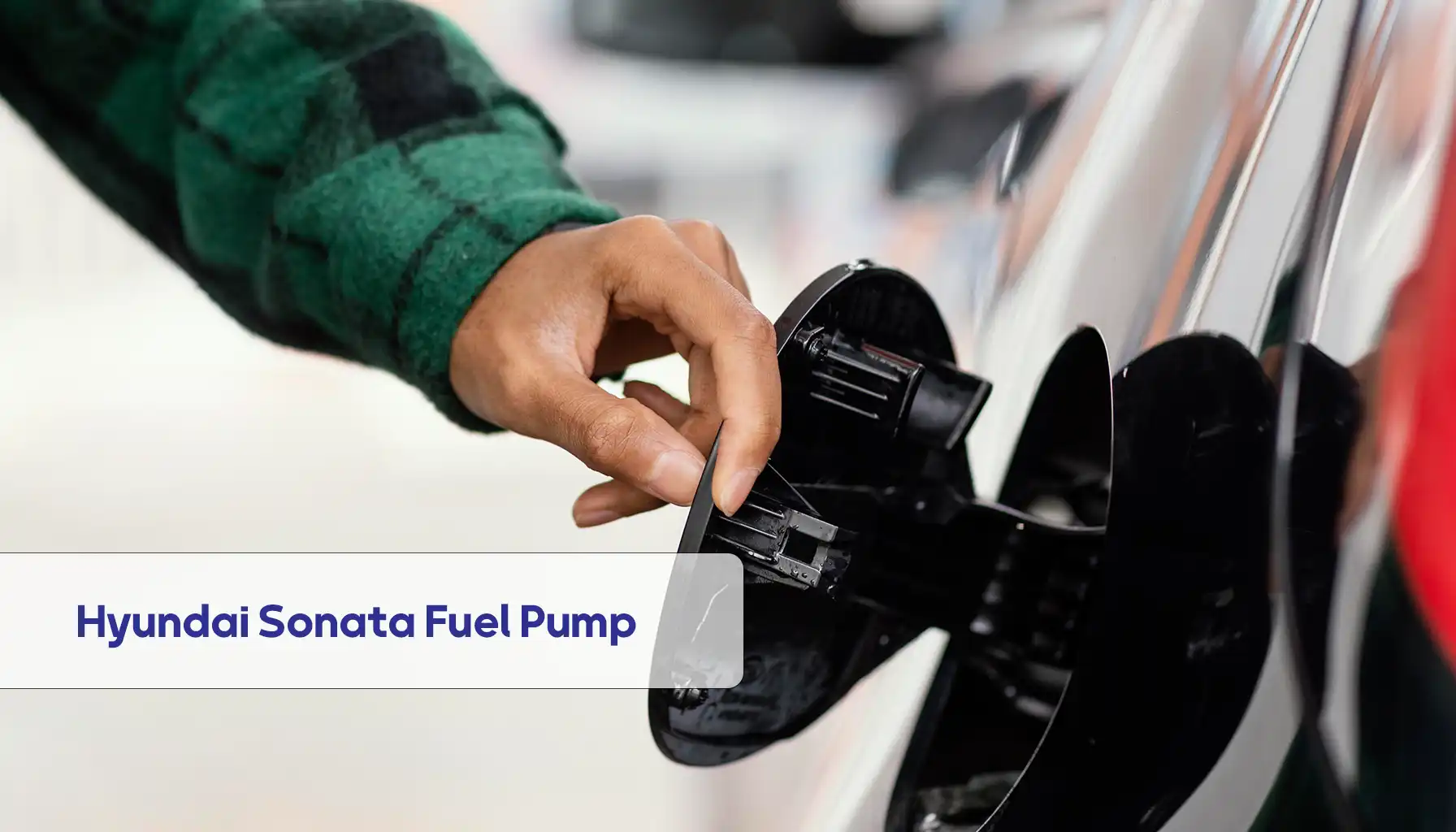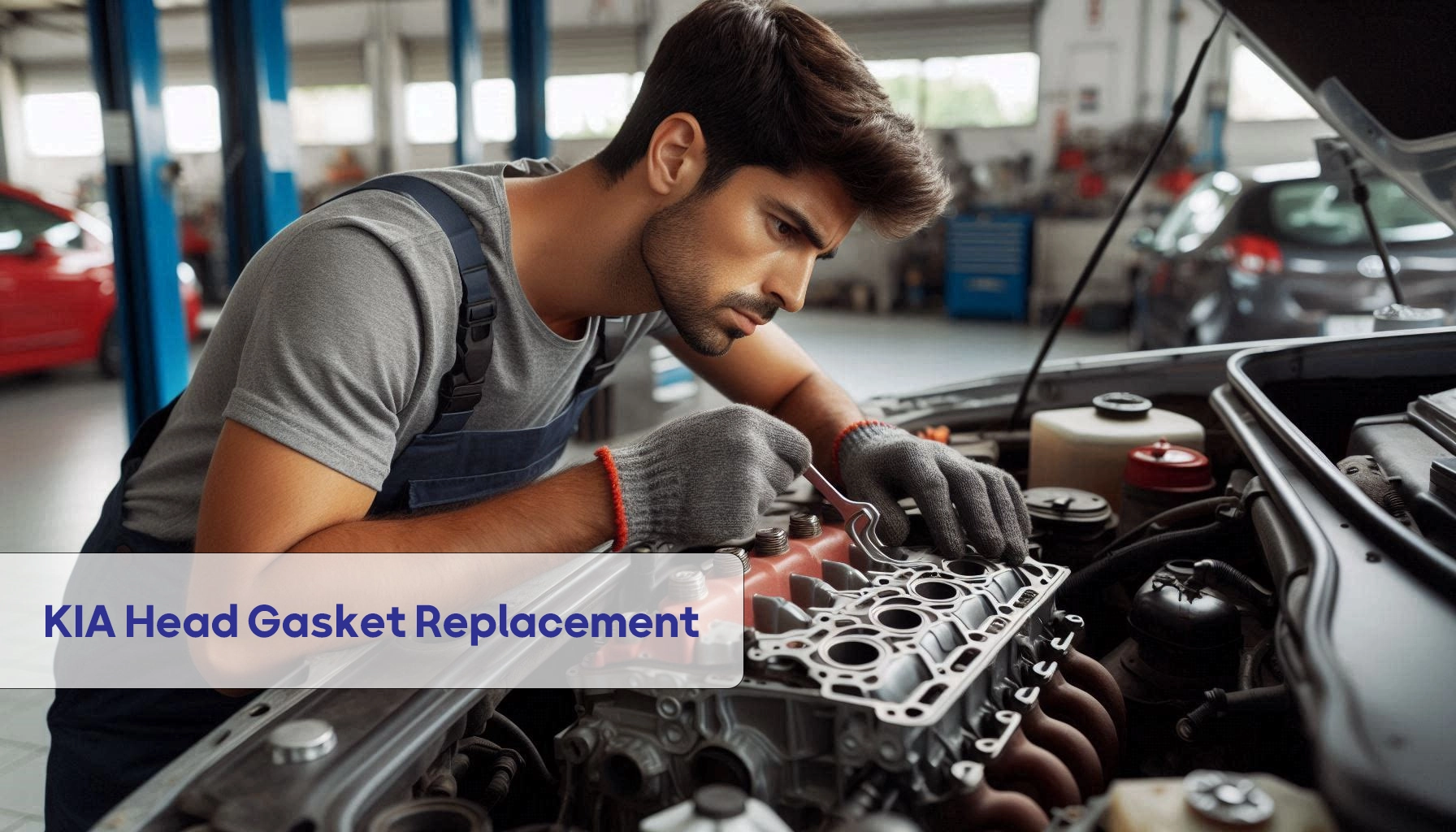A crankshaft is a mechanical part of car’s engine that turns the up-and-down movement of the pistons into circular motion. It has to be super strong and tough because it gets hit with a lot of force. In this post, we’ll talk about the different materials used to make crankshafts, what’s good and bad about them, and how to pick the best one for your needs.

What steel are crankshafts made of?
Crankshafts are important parts of engines that help convert linear motion into rotational motion. They are usually made of a material called steel, which is strong, tough, and resistant to wear and tear. However, not all types of steel are the same. Depending on how much carbon and other elements are added, steel can have different strengths and perform differently.
Some of the steel alloys used for crankshafts are:
- Cast iron: Cast iron is the cheapest and simplest type of steel, with a low carbon content (less than 0.4%). It has good machinability and damping capacity, but low strength and hardness. It is suitable for low-performance and low-load engines, such as lawnmowers and generators.
- Nodular iron: A kind of cast iron with added nodules of graphite, which improves its ductility and impact resistance. It has a medium carbon content (0.4% to 0.6%) and a tensile strength of about 95,000 psi. It is used for medium-performance and medium-load engines, such as passenger cars and light trucks.
- Cast steel: Made of steel with a higher carbon content (0.6% to 0.8%) and a tensile strength of about 105,000 to 110,000 psi. It has better strength and hardness than cast iron, but lower ductility and damping capacity. It is used for high-performance and high-load engines, such as racing cars and heavy-duty trucks.
Are all crankshafts forged?
No, not all crankshafts are forged. Forging is a process of shaping metal by applying high pressure and heat, which results in a more uniform and refined grain structure. This enhances the strength, fatigue resistance, and durability of the metal. However, forging is also more expensive and complex than casting, which is a process of pouring molten metal into a mold.
Casting is the most common method of producing crankshafts, as it is faster and cheaper than forging. However, casting can also introduce defects and impurities in the metal, which can reduce its quality and performance. Therefore, casting requires careful quality control and inspection to ensure the reliability of the crankshafts.
Forging is usually reserved for high-end and custom-made crankshafts, which require higher strength and quality standards. Forging can also produce more complex and intricate shapes than casting, which can improve the efficiency and performance of the crankshafts. Forging can use different types of steel alloys, such as:
- Carbon steel: This is the simplest and cheapest type of steel, with a low carbon content (less than 0.3%). It has good strength and ductility, but low hardness and wear resistance. It is suitable for low-stress and low-speed applications, such as agricultural and industrial engines.
- Alloy steel: This is a type of steel with added elements, such as manganese, chromium, molybdenum, nickel, silicon, cobalt, vanadium, and sometimes aluminum and titanium. These elements improve the properties and performance of the steel, such as hardness, toughness, corrosion resistance, and fatigue resistance. Some of the alloy steels used for crankshafts are 1010, 1045, 1053, 4130, 4140, and 4340, which have a tensile strength of 100,000 to 110,000 psi.

What is the best alloy for a crankshaft?
There is no definitive answer to this question, as the best alloy for a crankshaft depends on the specific application and requirements of the engine. Different alloys have different advantages and disadvantages, and the choice of the best one depends on factors such as:
- The power output and torque of the engine
- The speed and load of the engine
- The fuel type and quality of the engine
- The operating temperature and environment of the engine
- The cost and availability of the alloy
- The design and geometry of the crankshaft
Generally speaking, the best alloy for a crankshaft should have the following characteristics:
- High strength and hardness, to withstand the high stresses and loads of the engine
- High toughness and ductility, to resist cracking and breaking under impact and fatigue
- High wear resistance, to reduce friction and wear of the journals and bearings
- High corrosion resistance, to prevent rust and oxidation of the metal
- High damping capacity, to absorb vibrations and noise of the engine
- Low weight, to reduce the inertia and improve the efficiency of the engine
One of the alloys that is considered to be the best for high-performance crankshafts is SAE-4340, which is a nickel-chrome-moly alloy. It has a very high strength and fatigue resistance, coupled with good ductility and impact resistance at high strength. It also has good machinability and weldability and can be heat-treated to achieve different hardness levels.
Another alloy that is considered to be the best for ultra-high-performance crankshafts is 32-CrMoV-13 or 32CDV13, which is a French alloy. It has a very high strength and hardness, as well as excellent toughness and ductility. It also has a very high resistance to tempering and softening, which means it can retain its strength and hardness at high temperatures. It is used for extreme applications, such as aerospace and racing engines.
Crankshaft Material Showdown: Strength, Weight, and Your Wallet’s Woes
Okay, you know the different types of steel used in crankshafts, but which one reigns supreme? Buckle up, gearheads, because we’re diving into the nitty-gritty of performance data and cost comparisons. Let’s compare two popular contenders: SAE-4340 and 32-CrMoV-13 (say that five times fast!).
Strength Smackdown:
Imagine your engine as a raging bull. The crankshaft needs to be Hercules, holding onto that power without breaking a sweat. Here’s how these alloys stack up:
- SAE-4340: Think of this bad boy as Captain America’s shield. It boasts a tensile strength of 100,000-110,000 psi, taking punches like a champ. Perfect for high-performance engines that unleash serious power.
- 32-CrMoV-13: This French wonder flexes its muscles with a 130,000-150,000 psi tensile strength. It’s like Wolverine’s adamantium claws, practically indestructible for extreme applications like racing engines.
Fatigue Fight:
Metal gets tired too, especially under constant stress. Let’s see how these alloys handle the long haul:
- SAE-4340: This one’s a marathon runner, resisting fatigue cracks well. It can handle high RPMs and intense driving conditions without throwing in the towel.
- 32-CrMoV-13: This alloy goes the extra mile, with even better fatigue resistance than SAE-4340. It’s the Usain Bolt of crankshafts, built to withstand the most demanding endurance races.
Weight Watchers:
Every pound counts, especially in performance engines. Let’s see who tips the scales:
- SAE-4340: It’s not the lightest, but still a middleweight contender. Its weight-to-strength ratio is pretty good, offering a balance between performance and weight reduction.
- 32-CrMoV-13: This one’s a bit heavier than SAE-4340, but its superior strength justifies the extra pounds for extreme applications where weight isn’t the top priority.
Wallet Woes:
Let’s face it, performance comes at a cost. How do these alloys impact your bank account?
- SAE-4340: It’s more affordable than 32-CrMoV-13, making it a popular choice for enthusiasts who want bang for their buck.
- 32-CrMoV-13: This premium alloy comes with a premium price tag. It’s best suited for those who demand the absolute best performance, regardless of cost.
The Verdict:
Choosing the right alloy depends on your needs. SAE-4340 is a fantastic all-rounder for most performance applications, balancing strength, fatigue resistance, and cost-effectiveness. But if you’re chasing ultimate performance and have the budget, 32-CrMoV-13 is the undisputed champion.
Remember: This is just a simplified comparison. Consult with professionals based on your specific engine and performance goals for the best choice!

Quick and easy comparison [by table]:
| Alloy | Tensile Strength (psi) | Fatigue Resistance | Weight | Cost |
| SAE-4340 | 100,000-110,000 | Good | Medium | Low |
| 32-CrMoV-13 | 130,000-150,000 | Excellent | High | High |
Conclusion
The material used for the crankshaft is a crucial factor that affects the engine’s performance and reliability. There are different types of materials with different properties and characteristics, and the best one depends on the engine’s specific requirements.
Crankshafting into the Future: Lighter, Stronger, and Cooler than Ever
Forget your grandpa’s cast iron crank, the future of crankshafts is all about pushing boundaries and defying expectations. Buckle up, gearheads, because we’re taking a peek at the cutting-edge technologies that are changing the game:
1. Composites Cruising In Steel might be king now, but lightweight composites are knocking on the door. Imagine a crankshaft that’s stronger than steel, yet half the weight – that’s the magic of composites like carbon fiber. This translates to faster revs, better fuel efficiency, and a lighter car that hugs corners like a dream. While still in development, composites could be the next big thing for high-performance and even electric vehicles.
2. Printing Your Crankshaft? 3D Printing Says Yes: Move over, assembly lines, 3D printing is here to revolutionize manufacturing. Imagine crankshafts being printed on-demand, with intricate designs and customized properties. This opens doors for lighter, stronger, and more efficient engine components, tailored to specific needs. While cost and material limitations exist, 3D printing holds immense potential for the future of crankshafts.
3. Coatings that are Cooler than Cool: Heat is the enemy of any engine, and crankshafts are no exception. Enter advanced coatings like ceramic or nanodiamond coatings. These act like thermal shields, reducing friction and wear, and keeping your engine running cooler and smoother. Not only does this boost performance, but it also extends the lifespan of your precious crankshaft.
4. The Sustainable Shift: Eco-conscious car enthusiasts, rejoice! Sustainable materials like recycled steel or bio-based composites are making their way into crankshaft production. These options reduce environmental impact without compromising performance, making them a win-win for both the planet and your ride.
Remember, these are just glimpses into the exciting future of crankshaft technology. While some are still in their early stages, they offer a glimpse into a world where crankshafts are lighter, stronger, cooler, and more sustainable than ever before. Stay tuned, gearheads, the future of engines is looking bright!



